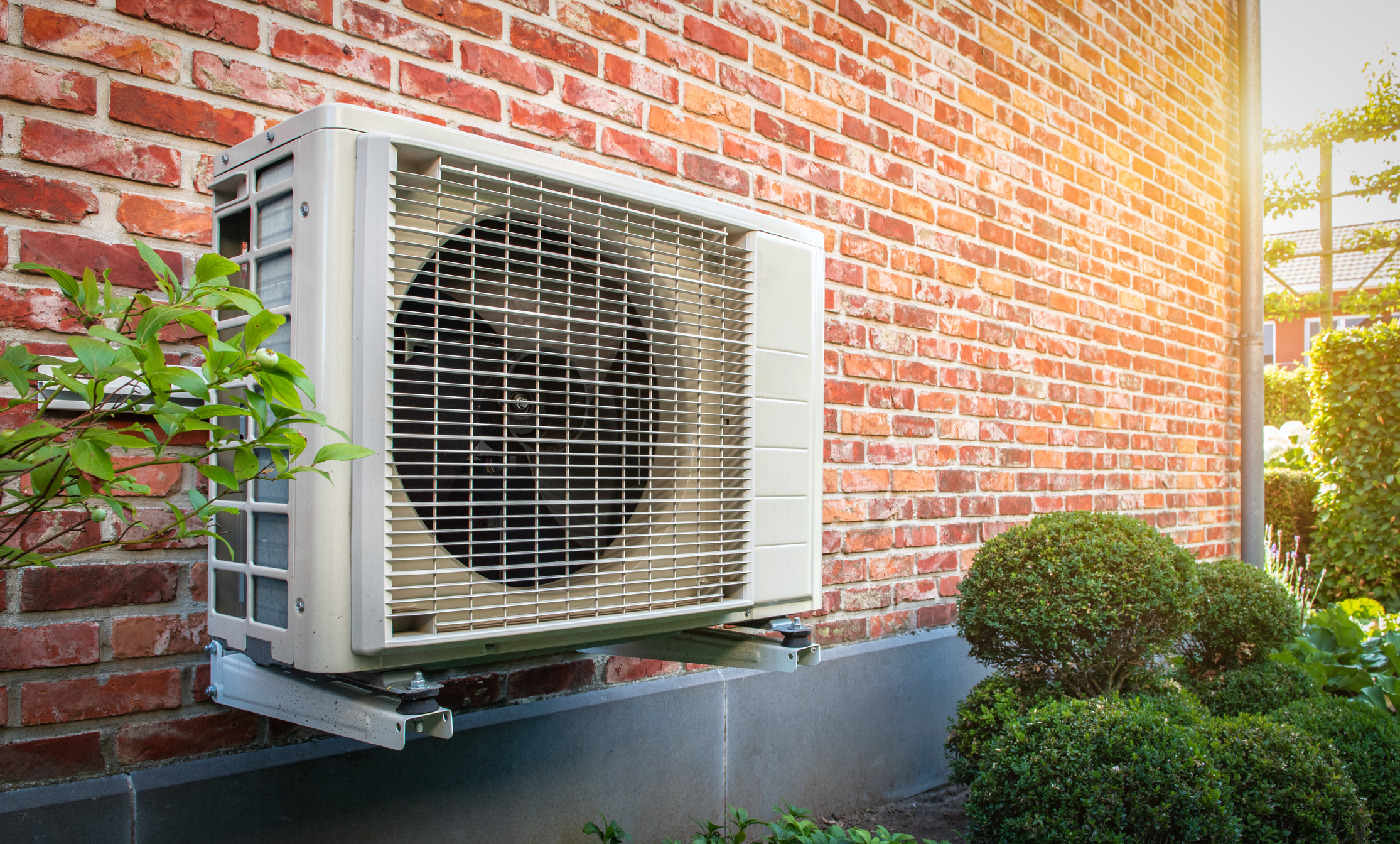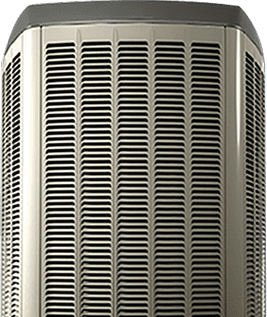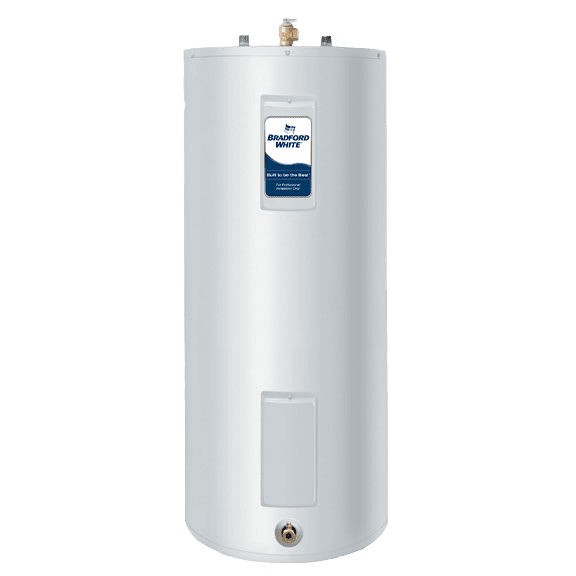What Is A Heat Pump

What Is A Heat Pump
What exactly is a heat pump and how does it work? Here in Canada, we’re no strangers to extreme weather. From sweltering summer days to bone-chilling winter nights, keeping our homes comfortable year-round is a top priority in Ottawa. You’ve likely heard about furnaces and air conditioners, but what if there was a single, highly efficient system that could both heat and cool your home?
Enter the heat pump.
It might sound like something out of a science fiction novel, but heat pumps are a proven and reliable technology that are becoming increasingly popular for homeowners across Canada. If you’re curious about this all-in-one comfort solution, you’ve come to the right place. In this article, we’ll break down everything you need to know about heat pumps in a friendly, easy-to-understand way.
What is a heat pump?
Think of a heat pump as a heat transporter. It’s a versatile HVAC system that can move heat from one place to another. During the winter, it pulls heat from the outside air (yes, even when it’s cold!) and moves it inside your home to keep you warm. In the summer, it reverses the process, taking heat from inside your home and moving it outside, leaving you with a cool and comfortable living space.
The best part? Because heat pumps move heat rather than generate it, they are incredibly energy-efficient. This means you can enjoy a comfortable home while also saving money on your energy bills and reducing your carbon footprint. It’s a win-win!
How does a heat pump work?
The name “heat pump” can be a little misleading because it does so much more than just heat. The magic behind a heat pump lies in its ability to reverse the flow of refrigerant, a special fluid that absorbs and releases heat. Here’s a simplified look at how it works in both heating and cooling modes:
Heating Your Home:
- Absorbing Heat: The outdoor unit of the heat pump contains a coil and a fan. Even on a cold day, there is still heat energy in the air. The fan blows the cold outdoor air over the coil, and the refrigerant inside the coil absorbs this heat.
- Compression: The now-gaseous refrigerant is passed through a compressor. This is where the real magic happens. The compressor increases the pressure of the refrigerant, which in turn significantly increases its temperature.
- Releasing Heat: This hot, pressurized refrigerant is then pumped to the indoor unit of your system. As the indoor fan blows air over the indoor coil, the heat from the refrigerant is transferred to the air, which is then circulated throughout your home, warming you up.
- Starting Over: As the refrigerant loses its heat, it cools down and returns to a liquid state, flowing back to the outdoor unit to repeat the process.
Cooling Your Home
To cool your home, the heat pump simply reverses this process.
How does a heat pump cool my house down?
When you switch your heat pump to its cooling mode, it essentially works like a high-efficiency air conditioner. The reversing valve, a key component in the heat pump, changes the direction of the refrigerant flow. Here’s what happens:
- Absorbing Indoor Heat: The indoor unit’s coil now acts as the evaporator. The cool refrigerant flows through this coil, and as your indoor air is blown over it, the refrigerant absorbs the heat from the air. This process also naturally dehumidifies the air, leaving your home feeling cool and fresh.
- Moving Heat Outside: The now-warm refrigerant is pumped to the outdoor unit.
- Releasing Heat Outdoors: The outdoor unit’s coil acts as the condenser. The fan in the outdoor unit blows air over the coil, and the heat from the refrigerant is released into the outdoor air.
- Cooling Down Again: As the refrigerant releases its heat, it cools down and is ready to flow back to the indoor unit to absorb more heat from your home.
So, in essence, during the summer, your heat pump is working to diligently “pump” the unwanted heat out of your home, giving you a cool and comfortable oasis from the summer heat.
Do heat pumps work in Canada?
This is a question we get a lot, and the answer is a resounding yes!
There’s a common misconception that heat pumps are only suitable for milder climates. While that may have been true of older models, today’s cold-climate heat pumps are specifically designed to handle the rigors of a Canadian winter. These advanced systems can operate efficiently in temperatures as low as -30°C.
For those few days a year when the temperature dips into extreme lows, many homeowners opt for a dual-fuel system. This pairs a heat pump with a high-efficiency furnace. The heat pump will handle the vast majority of your heating and cooling needs, and the furnace will automatically kick in as a supplementary heat source only when it’s absolutely needed. This ensures you stay warm and comfortable, no matter what Mother Nature throws our way.
Here are some of the key benefits of using a heat pump in Canada:
- Year-Round Comfort: A single system for both heating and cooling.
- Energy Efficiency: Significant savings on your energy bills compared to traditional furnaces and air conditioners.
- Eco-Friendly: Reduces your home’s carbon footprint.
- Government Rebates: The Canadian government and various provinces offer attractive rebates and incentives for homeowners who make the switch to a heat pump.
Is a heat pump right for you?
If you’re looking for a versatile, energy-efficient, and environmentally friendly way to keep your home comfortable all year long, a heat pump is an excellent choice. With the advancements in cold-climate technology, heat pumps are a fantastic option for Canadian homeowners.
At Anchor, we’re experts in heat pump installation and service. Our friendly and knowledgeable team can help you determine the right size and type of heat pump for your home and answer any other questions you may have.
Ready to learn more about how a heat pump can transform your home’s comfort? Book Online for a free, no-obligation consultation!

